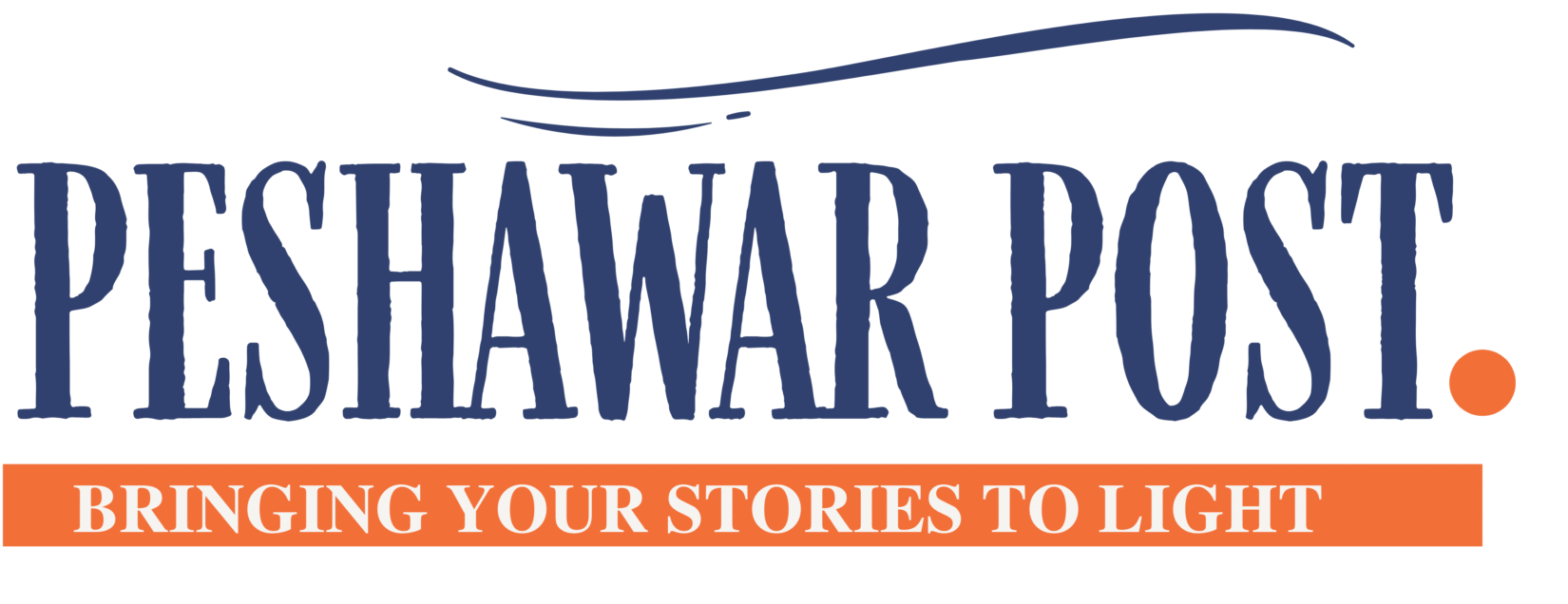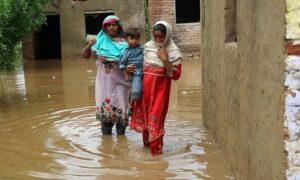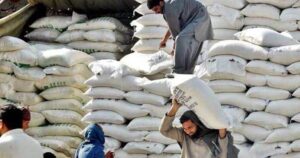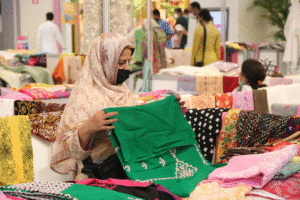Tobacco use remains one of the most pressing public health threats in Pakistan, particularly among the country’s youth. Despite laws and awareness campaigns, smoking rates among teenagers are increasing. Data shows that 10.7% of Pakistani youth aged 13 to 15 use tobacco products—7.2% smoke, while 5.3% use smokeless tobacco. Shockingly, nearly 40% of those who have ever smoked tried their first cigarette before turning 10.
Secondhand smoke exposure is also widespread. Around 37.8% of youth are exposed to smoke in public places, and 21% are exposed at home. These figures highlight how deeply smoking is affecting young lives across the country.
Also Read: Smoking Poses Urgent Threat to Pakistan’s Youth
Global lessons on combating smoking
One of the most effective solutions is to make tobacco awareness and prevention education a permanent part of school and college curricula. By teaching students early about the dangers of tobacco, we can help them make informed decisions and avoid the deadly trap of addiction.
Many countries around the world have already embedded tobacco education into their school systems. In the United States, tobacco prevention is taught through school health programs, with the Centers for Disease Control and Prevention offering dedicated resources. New Zealand’s goal of becoming smoke-free by 2025 includes educating students on tobacco use and its health risks. Kazakhstan, with the help of the World Health Organization (WHO), has introduced toolkits that help schools become nicotine-free and train students to resist tobacco products.
Across Europe and South-East Asia, WHO guidelines are helping schools implement tobacco-free policies. These programs focus on skill-building and interactive lessons to help students understand how tobacco harms the body and mind.
Need for structured tobacco education in Pakistan
In Pakistan, despite having anti-smoking regulations, there is no structured and widespread tobacco education in schools. As a result, students remain vulnerable to peer pressure, curiosity, and misleading advertisements. By adding tobacco education to science, health, and social studies classes, we can arm students with facts and protect them from dangerous misinformation.
Students must be taught about the chemical makeup of tobacco, its addictive properties, and how it damages vital organs such as the lungs, heart, and brain. They should also learn how tobacco use is directly linked to cancer, heart disease, and early death.
To make learning effective, schools should use storytelling, debates, and project-based learning. These methods help students understand how tobacco companies use media, influencers, and attractive packaging to lure young users. Discussions about peer pressure and real-life roleplay can help students develop the confidence to say no.
Students should also understand the financial costs of tobacco use—not just for the individual, but for families and the healthcare system. Lessons about Pakistan’s tobacco laws, taxation policies, and public smoking bans can encourage responsible behavior and awareness.
For all this to happen, the federal and provincial ministries of Education and Health must work together. They need to design age-appropriate, interactive, and fact-based modules that can be introduced from primary school and continued through college.
Making tobacco education a part of formal schooling is not just a suggestion—it is a national need. If we are serious about reducing tobacco use in Pakistan, we must start by informing and empowering our students. Only through education can we break the cycle of addiction and move toward a healthier, tobacco-free future.
The writer works for ending combustible smoking in Pakistan.












